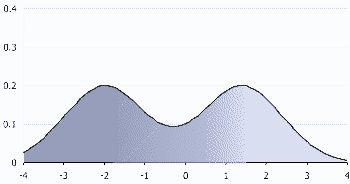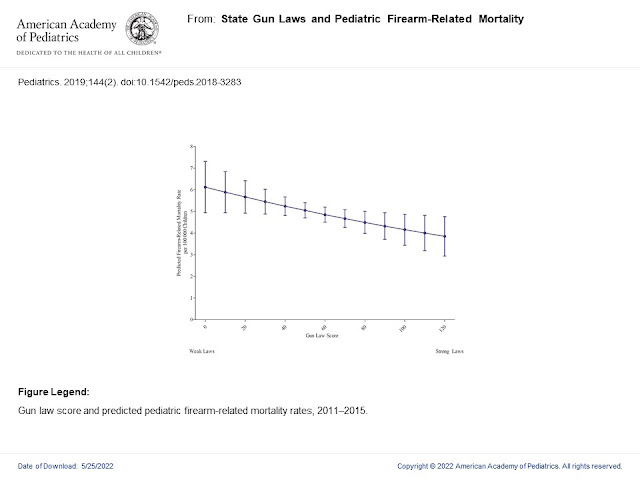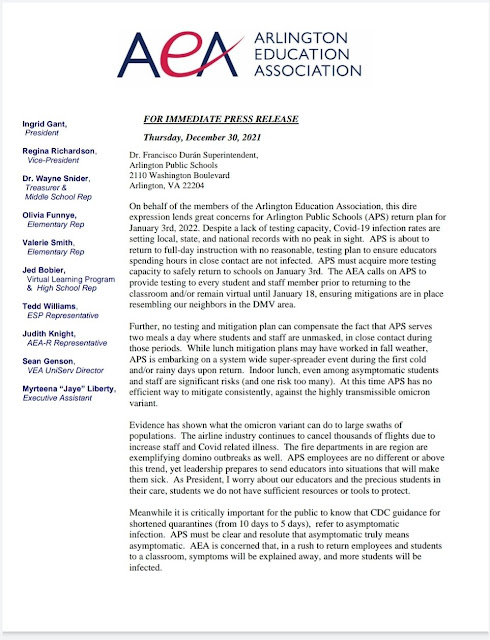It's Not The Bell, It's The Bimodal That We Should Eliminate

Mike Mattos, a leader in professional learning communities, reminds educators that they must work to eliminate the "expectation that student achievement should plot across a bell-shaped curve". Of course, with the primary objective of "learning for all", a bell curve definitely points out that we are unsuccessful. The problem, however, is more serious than a bell curve. As Professor Massimo Boninsegni of Alberta pointed out years ago , a bimodal distribution is much more insidious. A bimodal distribution The above distribution can be seen in introductory science courses in college. A class with such a distribution can be divided into two groups. Oftentimes, the class is composed of two types of students: students who have taken advanced science courses in high school and students who have not. When such a distribution appears, it is apparent that some students are not seeing new material, while others are seeing topics for the first time. As someone who teaches an i




